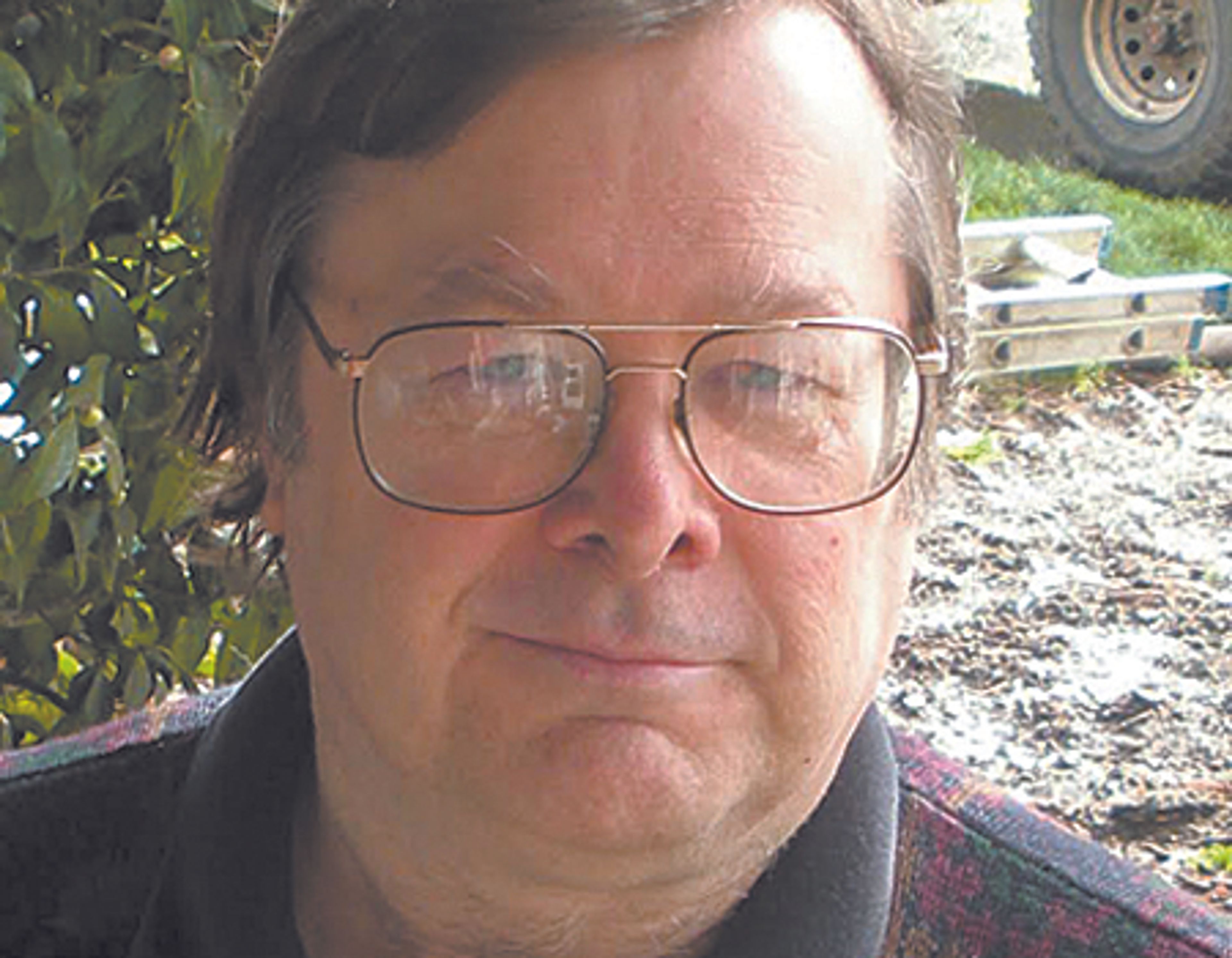OPINION: Natural forest management is forest mismanagement
They pretty much want all of it. They’re a small group really, but they’re not content with the 1.23 million acres of wilderness plus most of the 1.46 million acres of roadless areas that are managed as defacto wilderness. Nope, having more than 68% of the Nez Perce-Clearwater National Forests being off limits to any human management is not enough. They also want dominion over the 1.24 million acres of front range national forest that provides all the timber harvest from federal ground in our region of Idaho. They want the timber harvest to be reduced to as little as 8 million board feet per year from the current 50 million, along with emphasizing an ecological or natural process of managing the front range rather than any active human management.
We are, of course, talking about the local, regional and national environmental activist organizations and how they want the Nez Perce-Clearwater National Forests to be managed. They feel that they know better than the rest of us, including the forest professionals, on how a forest should be managed. And, as usual, they know not what they ask for. But then, what else is new?
When it comes to sudden changes in the forest, Mother Nature rarely does them in a benign fashion. Most often she manages by catastrophe and those changes are generally extensive, long lasting and may very well be contrary to what we want or expect. There is ample evidence throughout our region of those catastrophic changes if one knows where to look and chooses not to ignore the evidence.
Wildfire causes the most common sudden changes in the forest. Lightning strikes or human-caused ignition coupled with strong summer winds can blow up a wildfire across a large area in a very short time. Under hot, dry summer conditions and high winds, these fires are usually stand-replacing fires, meaning that they burn every bit of vegetation, including all the timber small or large. The aftermath of a wildfire such as this can last for decades or centuries with no chance for the area to return naturally to its pre-fire state.
On Aug. 14, 2015, high winds and high temperatures created a firestorm up in the Kamiah region, burning the ponderosa pine and Douglas fir stands in the canyons and slopes of that area. If one were to drive on the back roads in that area, you would see canyons where all the timber was burned, including the tree crowns, leaving nothing but an area of standing black sticks where all the trees were killed and no seed source was left to generate a new forest. The easiest way to see such areas is to drive along U.S. Highway 12 between Greer and Kamiah where you’ll see patches and hillsides along the river where all the trees were killed. For a long time, those black stumps and snags are all you’re going to see of the ponderosa pine that once populated them. You can see a similar area along U.S. Highway 95 between Culdesac and Winchester around the 282 mile marker. Those areas, along with far larger areas along State Highway 55 near Banks and U.S. 12 east of Lolo Pass in Montana, are now permanent clearcuts for the foreseeable future. Trees are only going to come back into those areas if someone plants them. And with the brush fields taking over some of those areas, even that would very difficult.
The environmental activists have been anguishing over the possibility of a 200-acre clearcut under the new plan. In a closed canopy forest, though, putting in a clearcut through active management, from 1 acre to 200 acres, can provide a mosaic of different timber species and age classes that can make a forest more resilient. Younger, open canopy forests are generally wetter since they are able to capture more precipitation because of decreased crown interception of snow and rain. More water means less drought stress and trees with more water in their needles and stem. That makes those areas harder to burn, which can then break up a wildfire that is going through the forest and provide a seed source for surrounding burned areas.
So a choice we can make is to allow a plan that creates an insect- and disease-resistant timber mosaic through timber harvests or we can allow a wildfire to create a 3,000-acre clearcut in a closed canopy forest in a matter of hours when we allow Mother Nature to have a free rein.
The best example of what happens to an unthinned timber stand that is managed by the natural process is at the rest area along State Highway 8 between Moscow and Troy. The large ponderosa pine that formally graced that area are just about all dead. Several years ago, some of the slower growing understory pine should have been taken out. When they weren’t, that put all the trees under a drought stress, a stress that was exacerbated by paving the parking lot and trail beside those trees, which cut off part of their water supply. Recreation has its price. The result is the loss of all the trees instead of just a select few.
Along with this is the unthinned stand of young ponderosa pine that is immediately adjacent to the rest area on the east side. All those young trees will probably die, also. They are too many of them in that area and they’re also under moisture stress. If they had been thinned, the larger, healthier trees could have been saved. Now that overcrowded condition is killing all of them, along with their seed source. This is another small clearcut created by the natural forest management that the environmental activists advocate.
One of the environmental activists wrote this page a letter mentioning that the national forests belong to all of us and that he didn’t want it controlled by narrow special interest groups. He’s correct. Neither do I.
Hassoldt is a field forester who lives in Kendrick.









